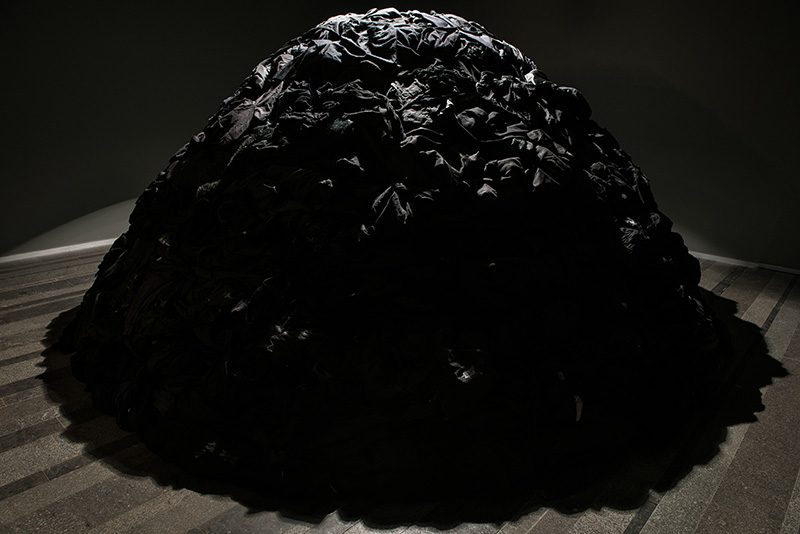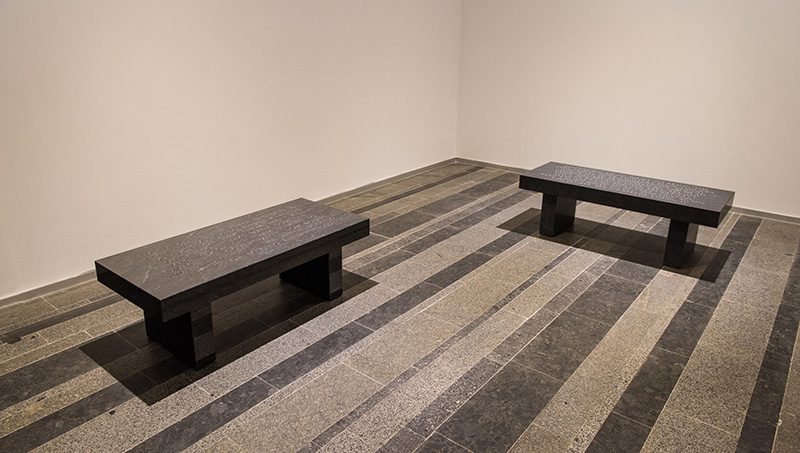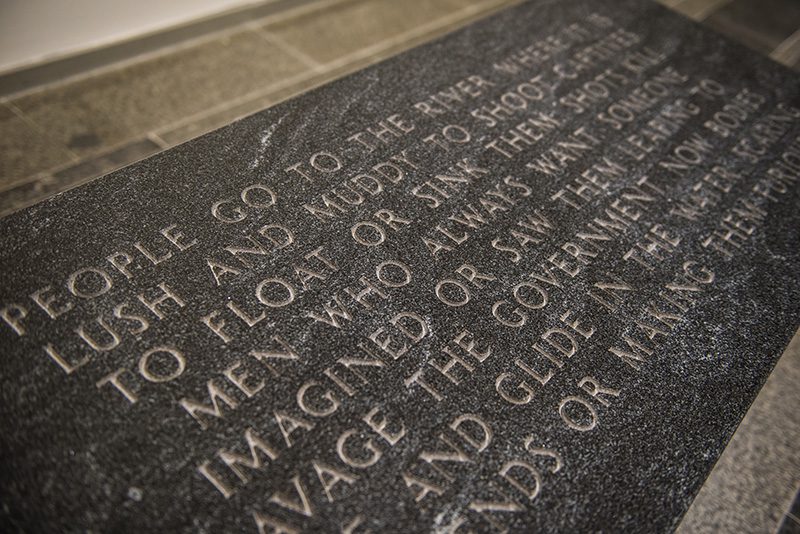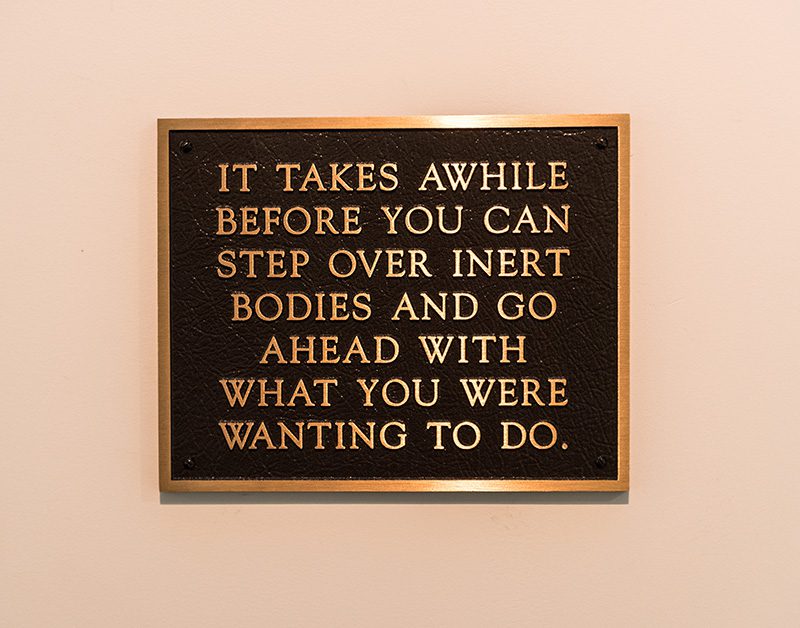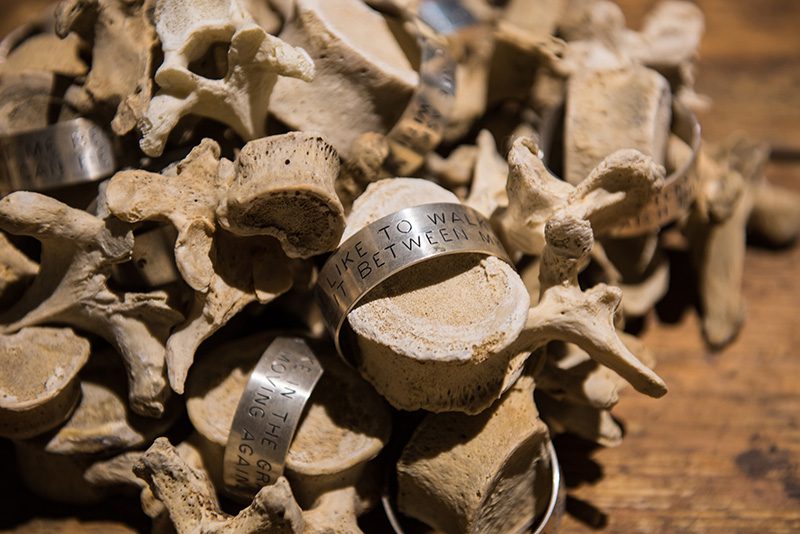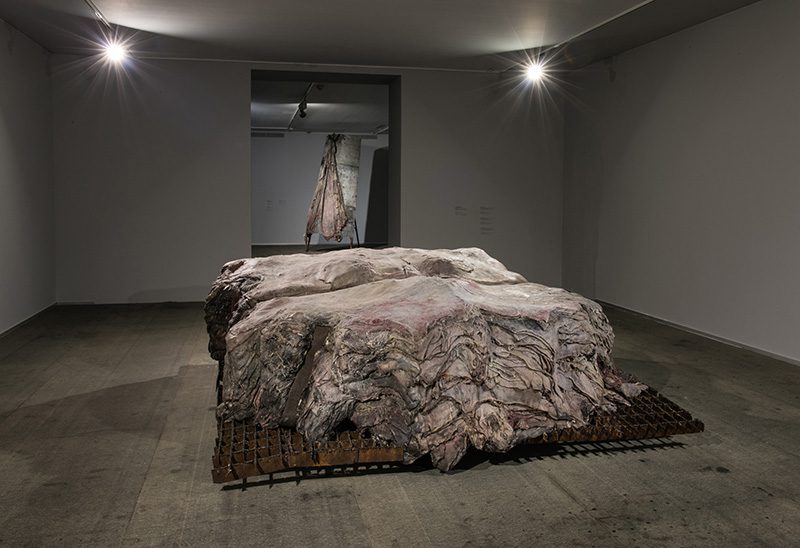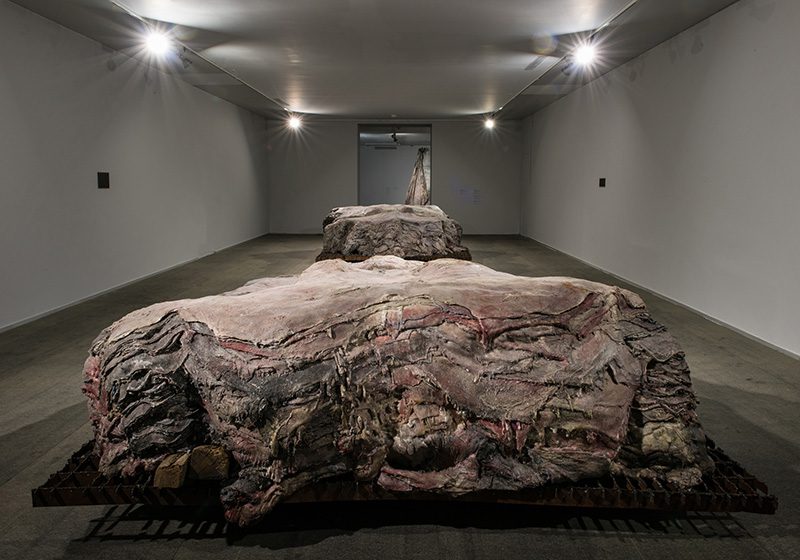ART-PRESENTATION: Loss In memory of Babi Yar
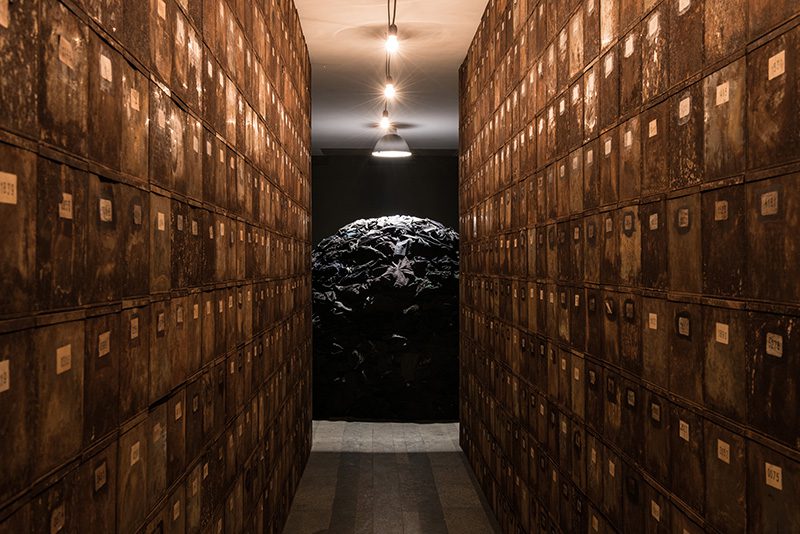 Babi Yar is a ravine in the Ukrainian capital Kiev and a site of massacres carried out by German forces and local collaborators during their campaign against the Soviet Union. One of the most notorious and best documented of these massacres took place from 29–30/9/41, wherein 33,771 Jews were killed. It became known as one of the first acts of mass killings during the World War II.
Babi Yar is a ravine in the Ukrainian capital Kiev and a site of massacres carried out by German forces and local collaborators during their campaign against the Soviet Union. One of the most notorious and best documented of these massacres took place from 29–30/9/41, wherein 33,771 Jews were killed. It became known as one of the first acts of mass killings during the World War II.
By Efi Michalarou
Photo: PinchukArtCentre Archive
Babi Yar massacre was carried out by the German Einsatzgruppe C soldiers and local collaborators. In the months that followed, the executions continued and were expanded to include communists, Roma, mental patients, and Ukrainian nationalists interned in the concentration camp set up at nearby Syrets, between 70,000 and 120,000 people were murdered. The group exhibition “LOSS. In memory of Babi Yar” at PinchukArtCentre considers the tragedy at Babi Yar through a new monumental work by Christian Boltanski along with works by Berlinde De Bruyckere and Jenny Holzer, while silently bridging tragic events around the word and throughout history. The theme of forgetfulness of the collective memory, central in the work of Boltanksi, runs throughout all works in the exhibition. Simultaneously Berlinde De Bruyckere and Jenny Holzer confront us with the risk of loosing our sense of humanity in the face of a violent death. Christian Boltanski created for this exhibition “Le Chemin de Babi Yar” (2016) hundreds of metal boxes form a long and narrow corridor towards a monumental pile of dark clothes. The boxes, most of them numbered randomly, evoke a chilling relation to funeral urns of unknown persons. They bring to mind the process of killing in Babi Yar where victims brought their valuables and papers (mostly kept in small metal boxes). Once arrived at Babi Yar as an announcement of death, the papers were burned before their eyes. “Lustmord Table”, (1994) by Jenny Holzer, shows a group of human bones are lying on a wooden table. Some of them carry a silver band engraved with fragments of the text Lustmord. The text itself describes a rape-killing from three different points of view: the victim, the perpetrator and the observer. The work and text were conceived in response to the atrocities during the ‘ethnic cleansing’ at the conflict in the ex-Yugoslavia. Combined with stone benches engraved with texts fragments from “Under a Rock” (1986), the act of killing itself and the use of violence as a political tool is central to the work. The bronze plaques with texts from the “Living Series” (1981) and “Survival series” (1984) ponder on the individual state of mind when confronted with acts of extreme violence. “Penthisilea IV”, (2016) shows a fragile skin of flesh-like wax hanging through a rusty hook on a shield-formed steel surface. The confrontation between materials is sexual, harsh and fragile. “Penthisilea IV” proposes a singularity opposed to “Vanwege een Tere Huid IIIand IV” (2016) two monumental sculptures of metal pallets with stacked animal hides (made from wax, polyester, and iron). The initial sculptural form of these works is inspired by observations of the processing of animal hides in a slaughterhouse. De Bruyckere used however a colour palette that replaced sense of the animal hides by that of human skin. And through the sculptural process the layers of skins start suggesting a presence of bodily forms. It brings to mind a landscape of people piled up and molten into each other. Although the image is dark and apocalyptic De Bruyckere speaks of a dying together opposed to a lonely death. It suggests through all the violence, the loss and pain a spark of hope.
Info: Curator: Björn Geldhof, PinchukArtCentre, 1/3-2 “А” Block, Velyka Vasylkivska, Baseyna street, Kyiv, Duration: 21/5/16-8/1/17, Days & Hoours: Tue-Sun 12:00-21:00, http://pinchukartcentre.org
